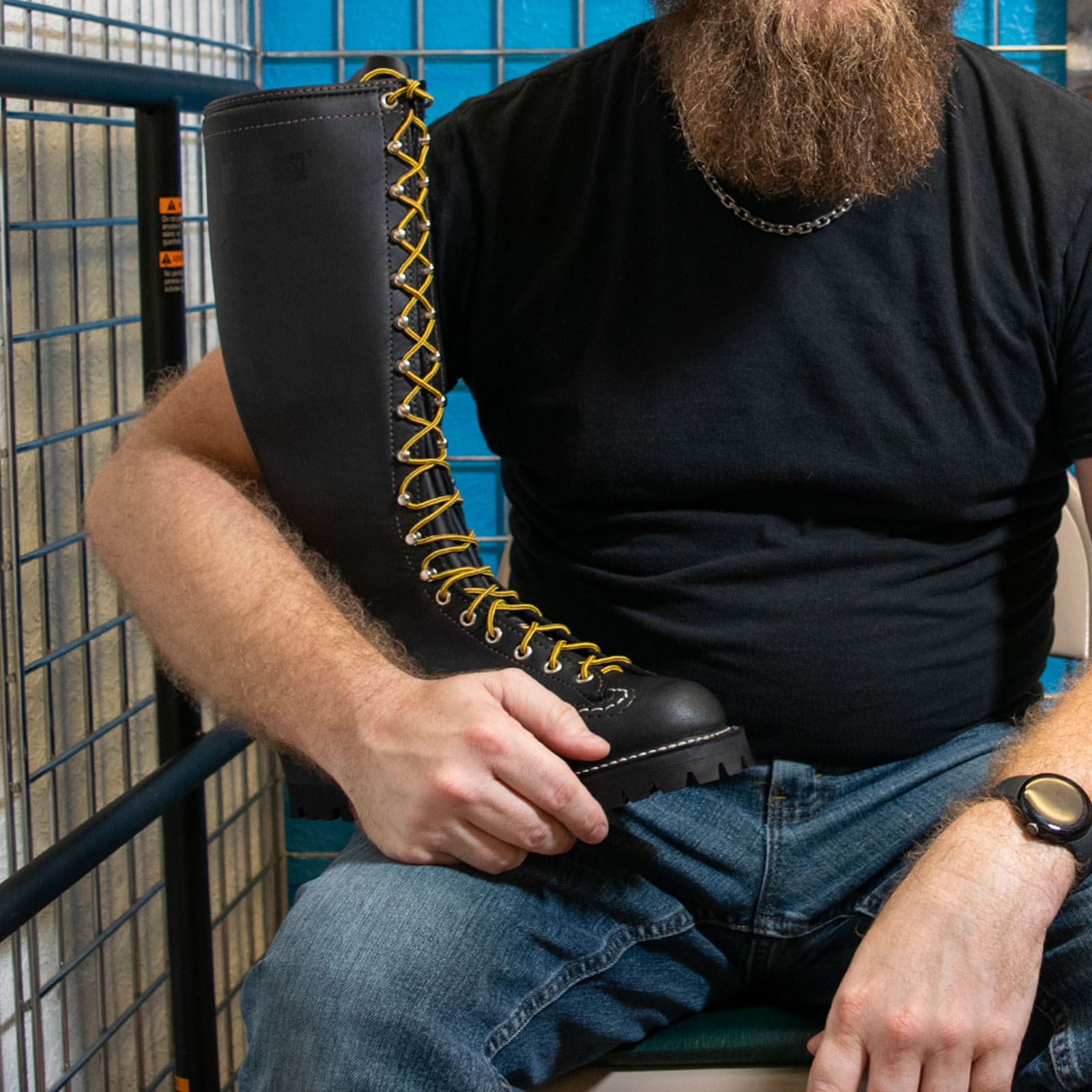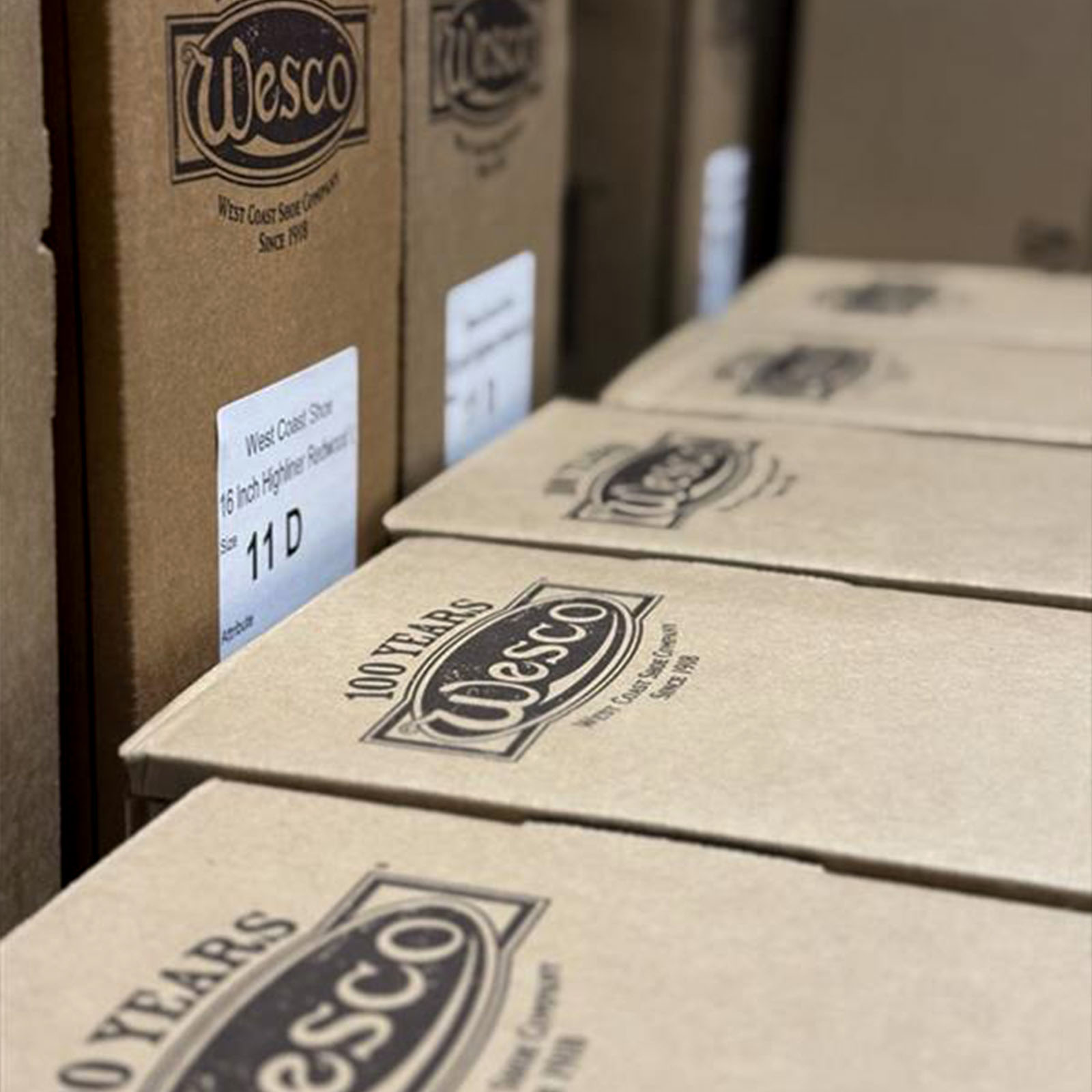How to Break in Leather Boots: A Step-by-Step Guide

Why Breaking in Leather Boots is Essential
Breaking in leather boots isn’t just about comfort—it’s about creating a perfect custom fit for your feet, improving durability, and maximizing performance. A properly broken-in boot conforms to your foot’s shape, offers better support, reduces the risk of blisters, and becomes a long-lasting staple in your wardrobe.
Understanding Leather Types and Their Break-In Times
- Full-Grain Leather: The thickest and most durable leather type, known for toughness. Takes weeks to break in but offers unmatched longevity.
- Top-Grain Leather: Slightly thinner with a polished finish. Breaks in faster than full-grain while retaining strength and flexibility.
- Genuine Leather: A budget-friendly option that breaks in quickly but has less durability over time.
- Suede and Nubuck: Softer, more flexible, and faster to break in, but require special care to preserve texture.
1: Ensuring a Proper Fit from the Start
- Try Them On Properly: Always test boots with the socks you’ll wear most often.
- Check Key Fit Areas: Ensure toe room without excess looseness, and avoid excessive heel slip.
- Consider Sizing: Boots should start snug, not painfully tight. They will stretch slightly during break-in.
2: Preparing Your Boots for Break-In
- Condition the Leather: Apply a quality leather conditioner to soften and prevent cracking.
- Leather Stretch Spray (Optional): Use on stiff areas to speed up the process.
3: Gradual Wear for Optimal Comfort
- Start Indoors: Wear boots around the house for 1–2 hours daily.
- Increase Wear Time: Gradually extend duration, moving from indoors to short outdoor use.
- Target Problem Areas: Focus on tight spots. If discomfort persists, try stretching methods.
4: Utilize Thick Socks or Double Socks
- Thick Socks: Provide cushioning and help stretch the leather.
- Double Socks: Wear two pairs for stronger stretching, 30–60 minutes at a time.
5: Advanced Stretching Techniques
- Boot Stretchers: Insert overnight to target tight areas.
- Freezing Method: Place sealed water bags inside boots and freeze overnight.
- Heat Method (Caution): Apply mild heat with a hairdryer, then flex boots while warm.
6: Spot Softening for Stiff Areas
- Direct Conditioning: Apply conditioner to problem areas and massage in.
- Manual Flexing: Bend and flex stiff sections with your hands.
7: Avoid Water Soaking
- Why Avoid Water: Soaking can weaken fibers, damage finishes, and harm stitching.
- Better Alternative: Use a damp cloth instead of soaking.
8: Long-Term Maintenance for Your Boots
- Condition Regularly: Keep leather moisturized every few months.
- Clean Properly: Wipe dirt with a damp cloth; use leather-safe cleaner for stains.
- Protect the Leather: Apply protector sprays to guard against water and stains.
- Store Correctly: Use boot trees and keep them in a cool, dry place.
9: Troubleshooting Common Issues
- Persistent Tightness: Try stretchers or see a cobbler.
- Hot Spots or Blisters: Use moleskin padding or thick socks until fully broken in.
- Squeaking: A small amount of baby powder inside can help.
How Long Does It Take to Break in Leather Boots?
On average, leather boots take a few days to several weeks to break in, depending on leather type, thickness, and method used. Full-grain leather generally takes the longest.
Common Mistakes to Avoid
- Rushing the Process: Trying to break in boots in a couple of days risks blisters and leather damage.
- Using Excessive Heat or Water: Stick to safe, leather-friendly methods.
- Neglecting Maintenance: Skipping conditioning can cause cracking and shorten lifespan.
Final Thoughts
Breaking in leather boots takes patience and care. Whether you’re stepping into rugged Stompers Boots or sleek dress styles, following these steps will ensure comfort, durability, and a custom fit that lasts for years.


